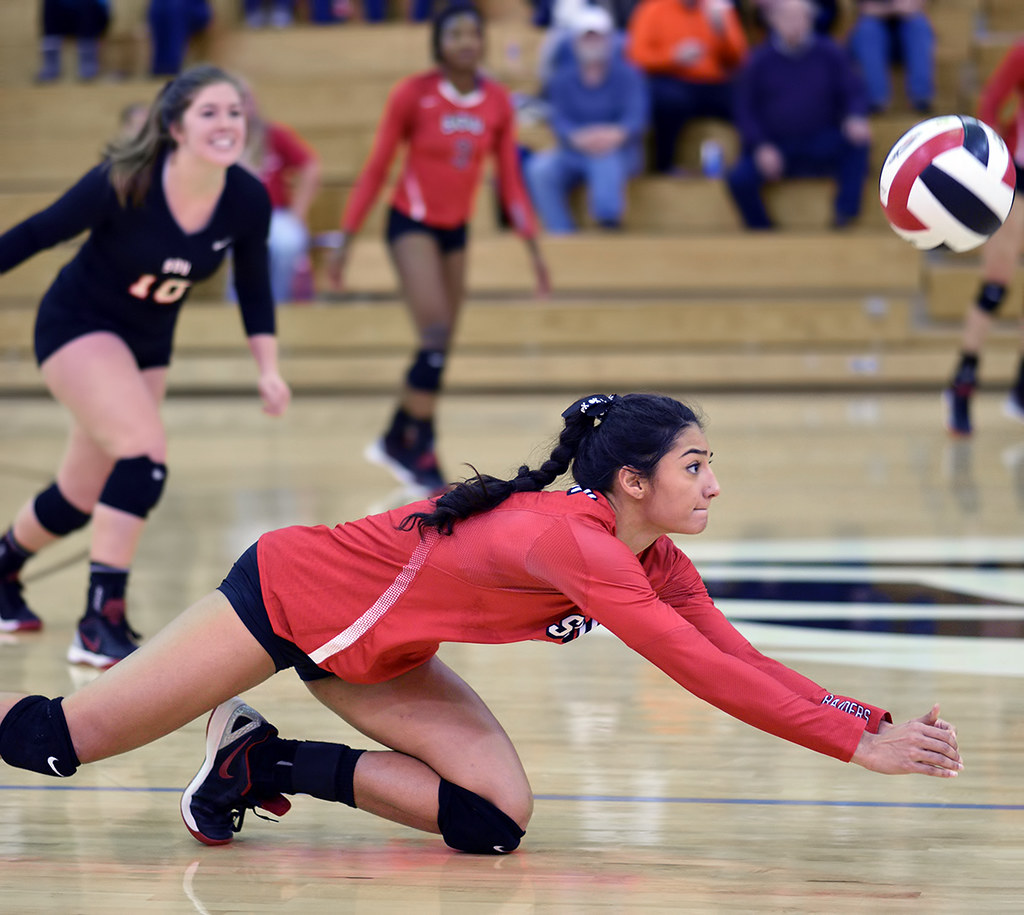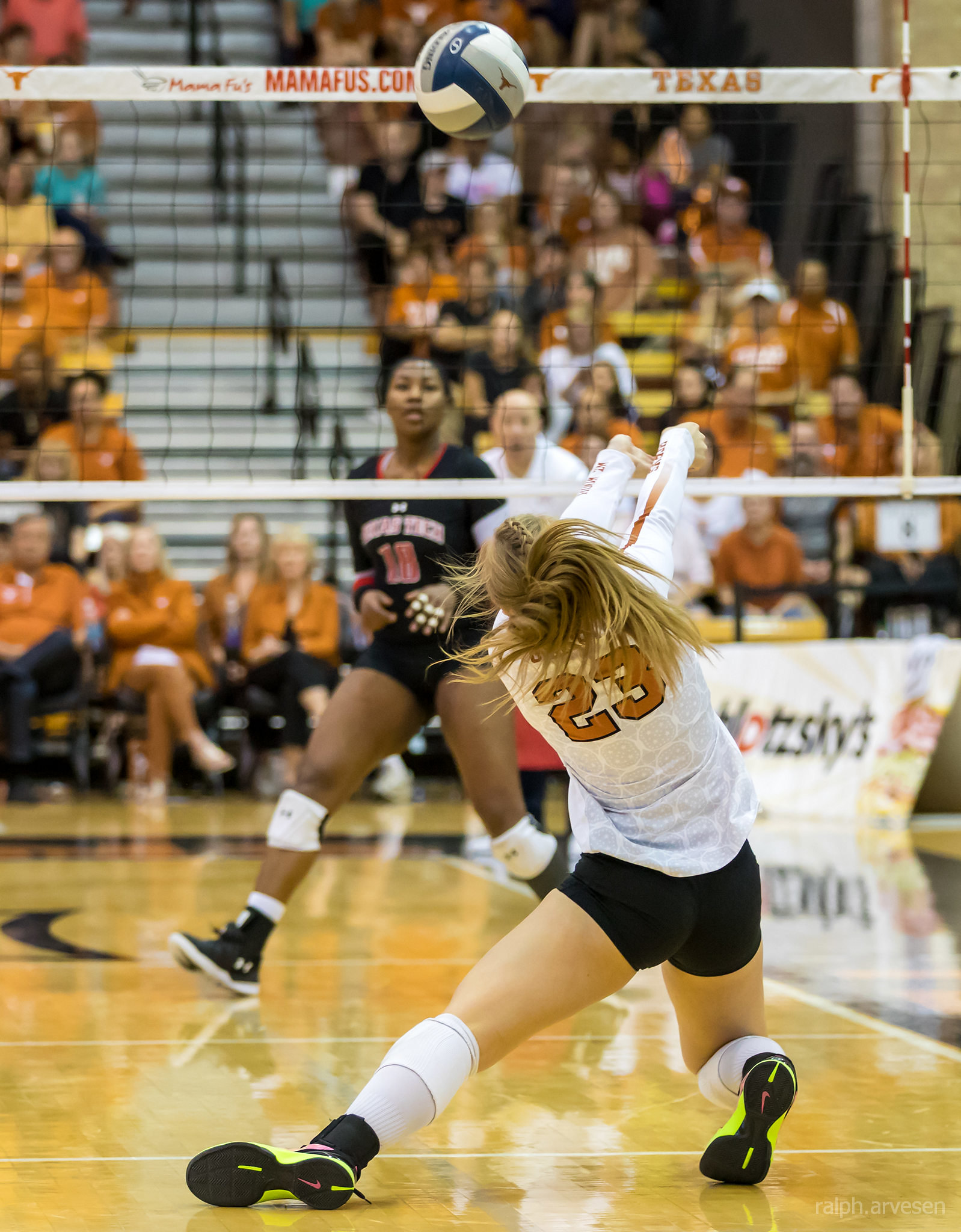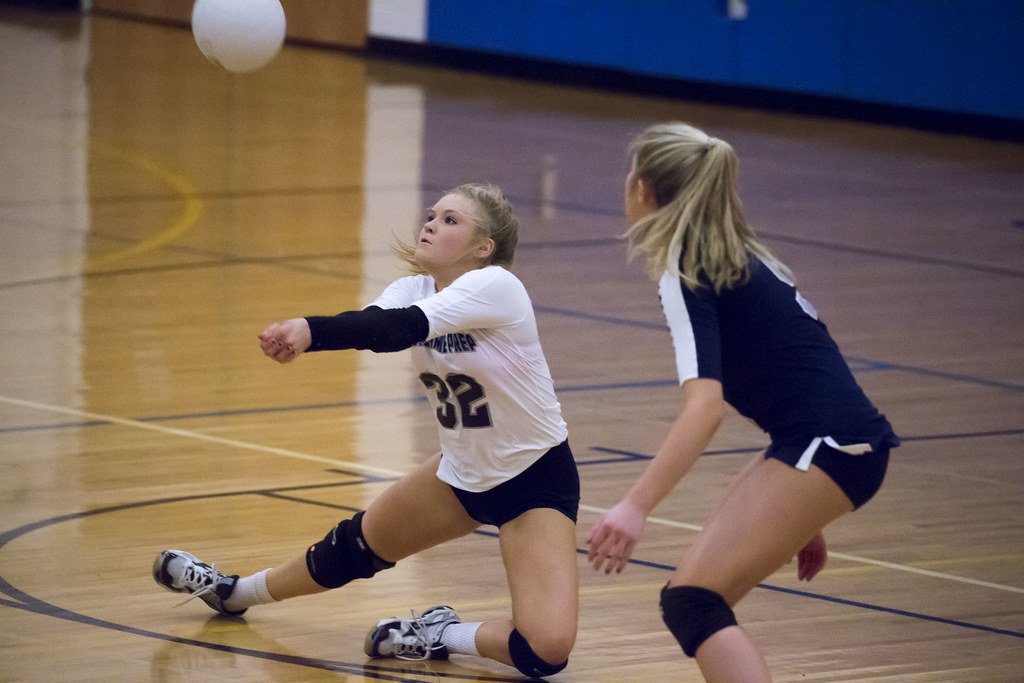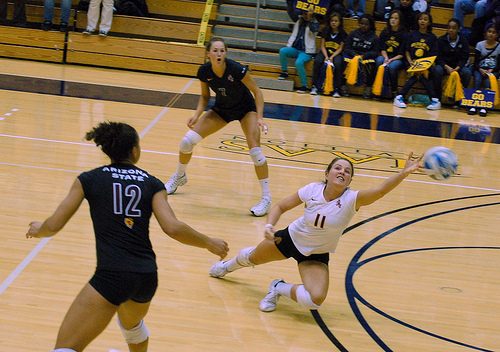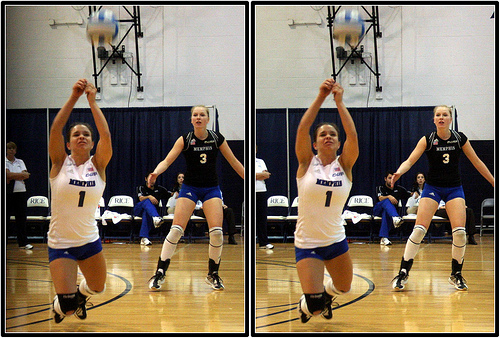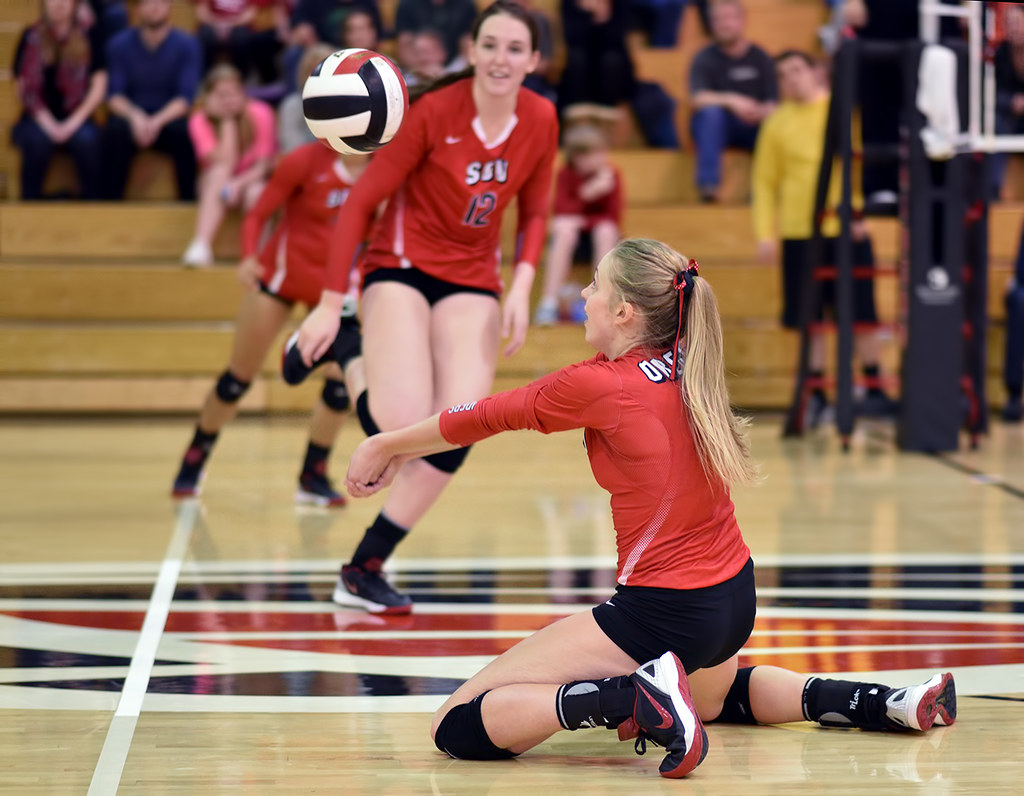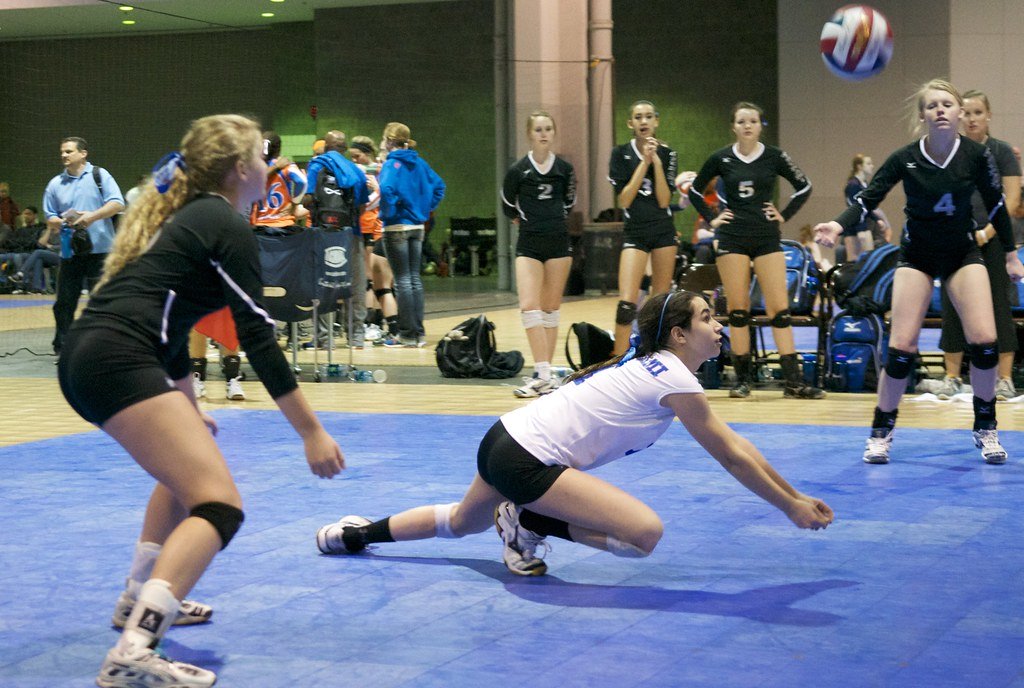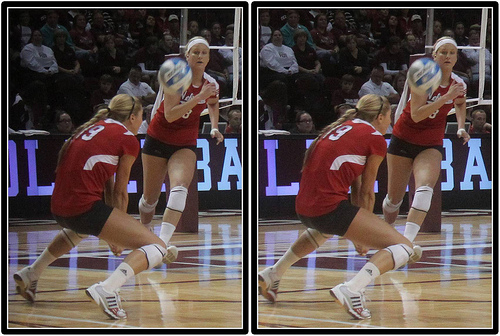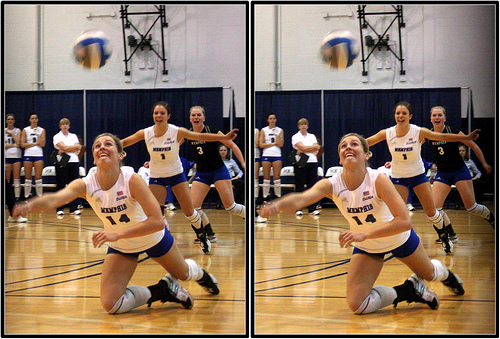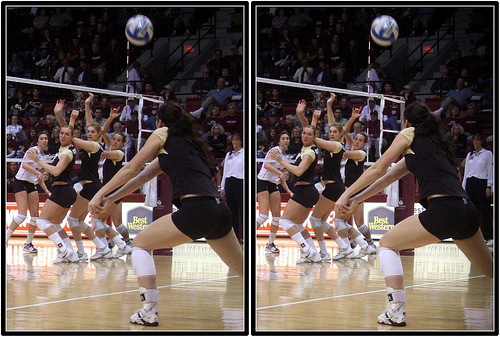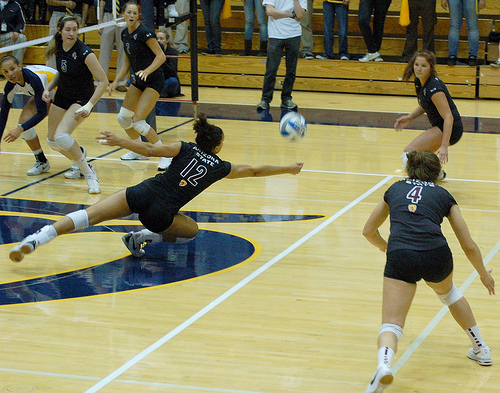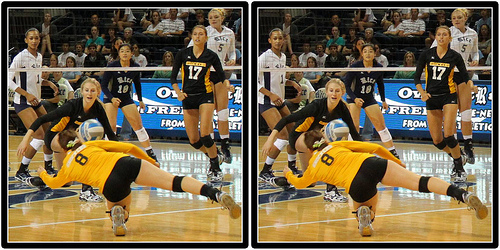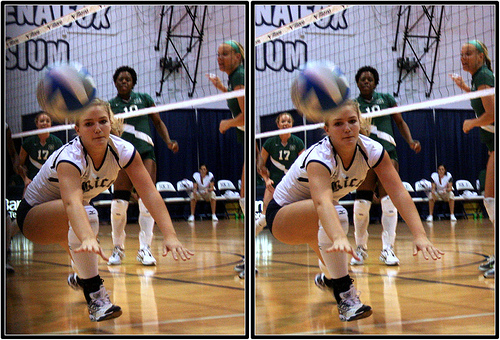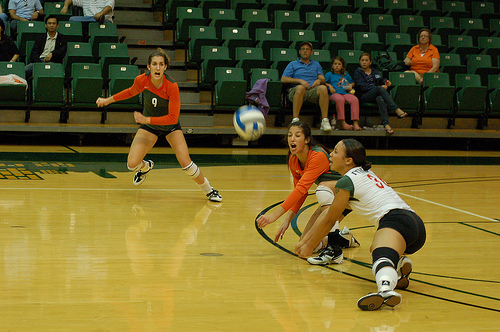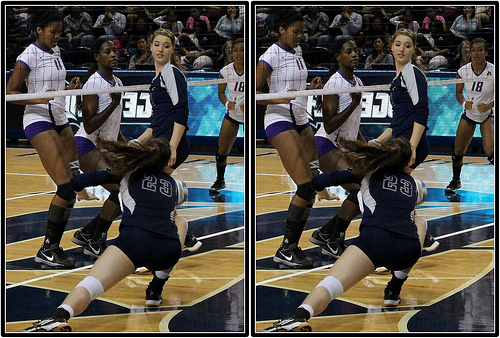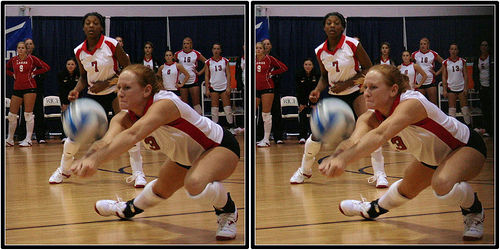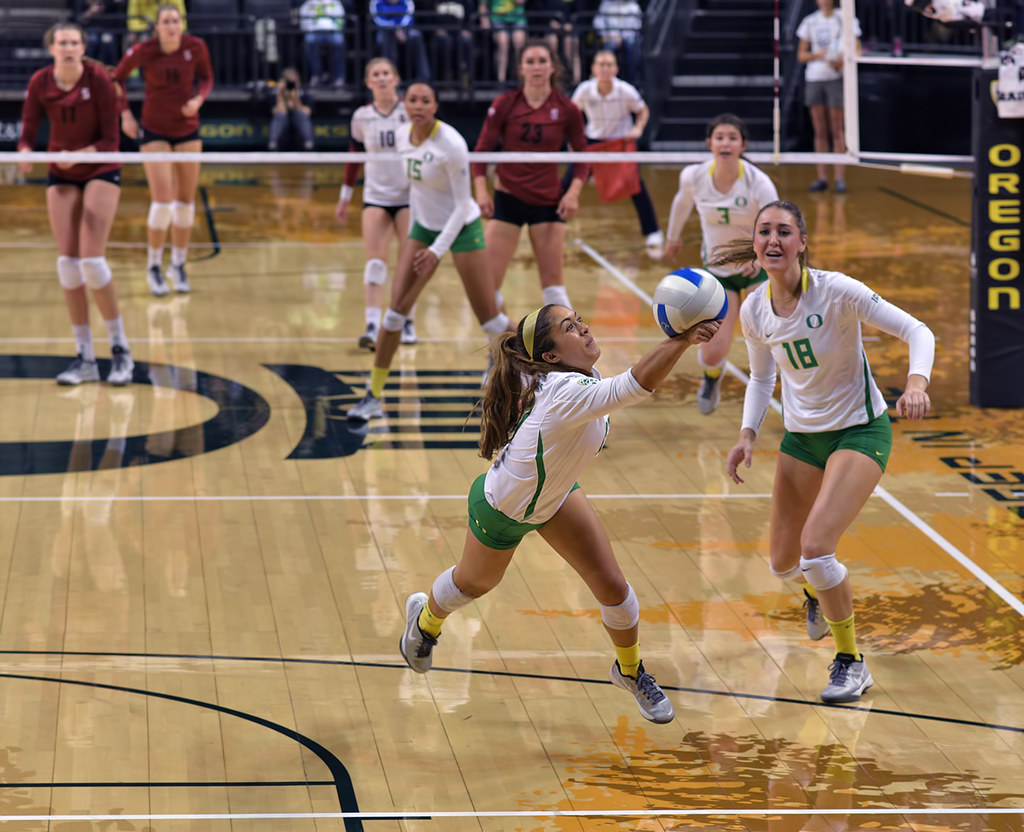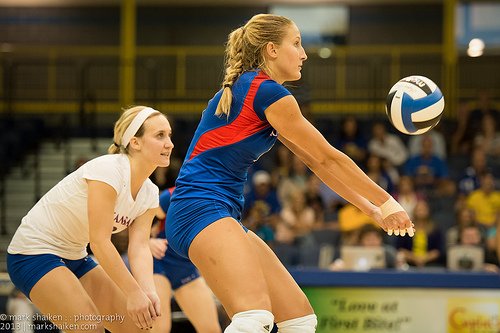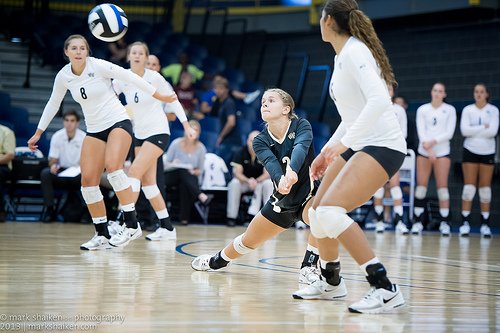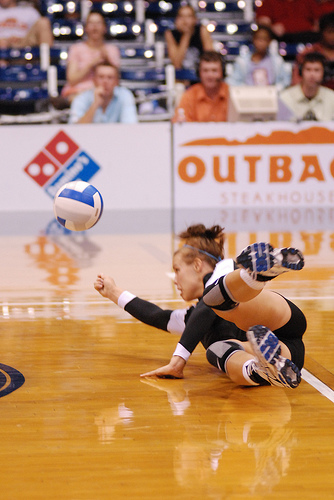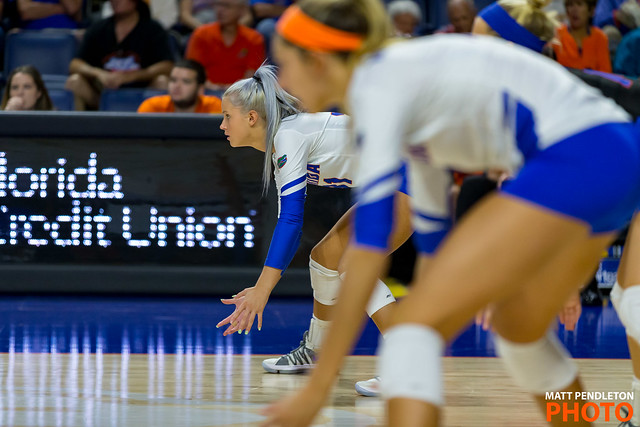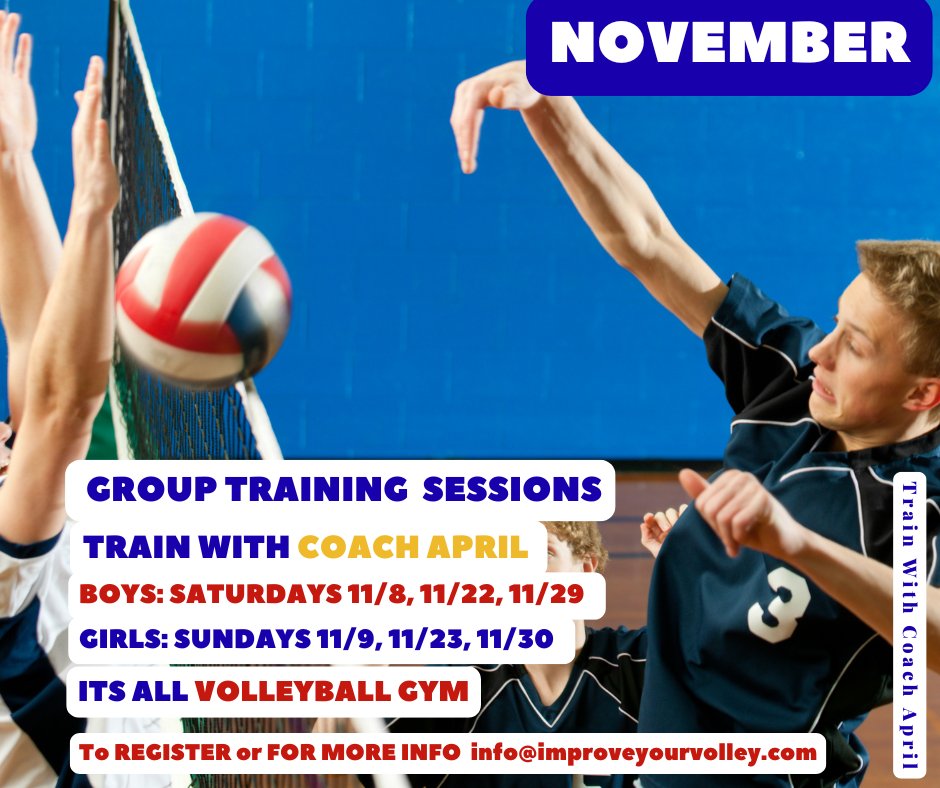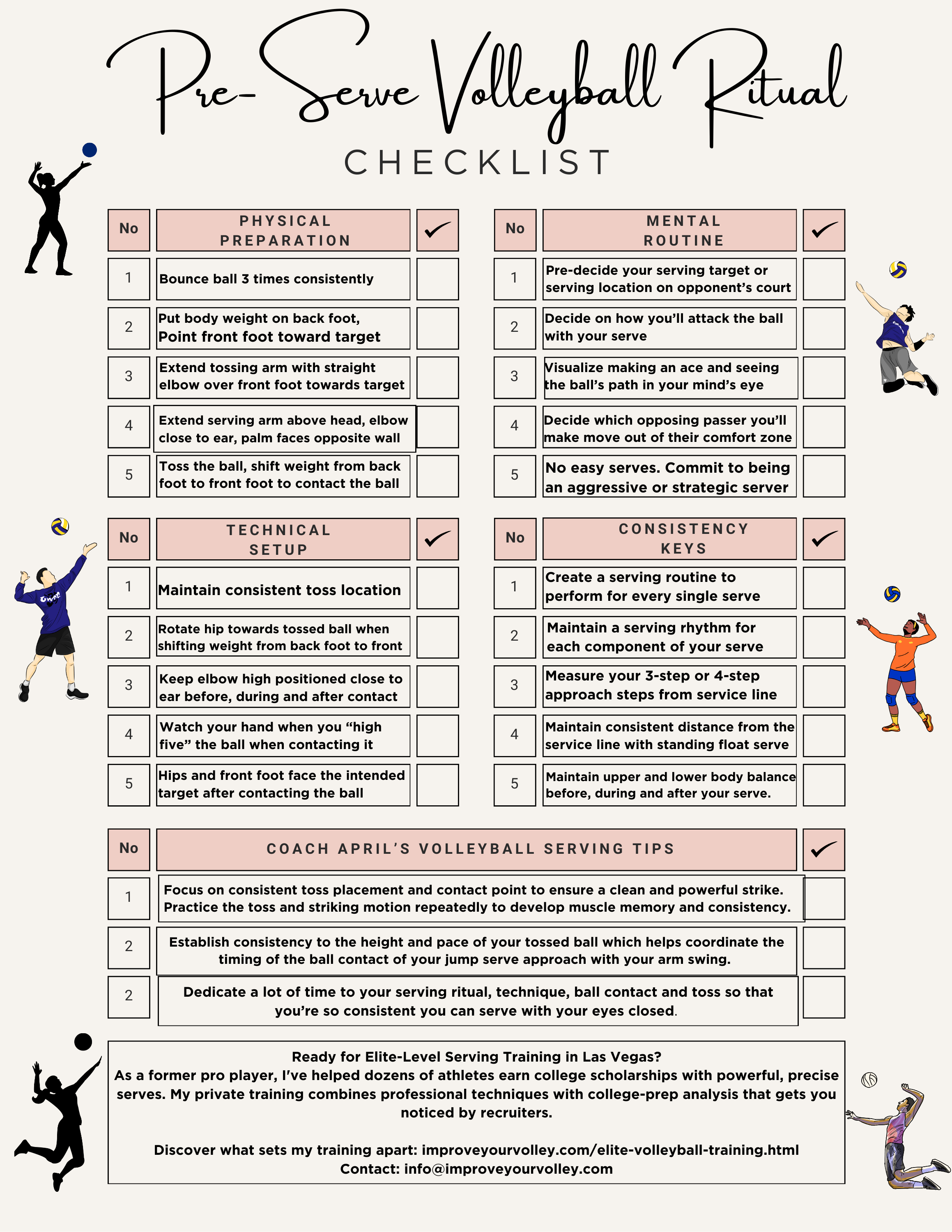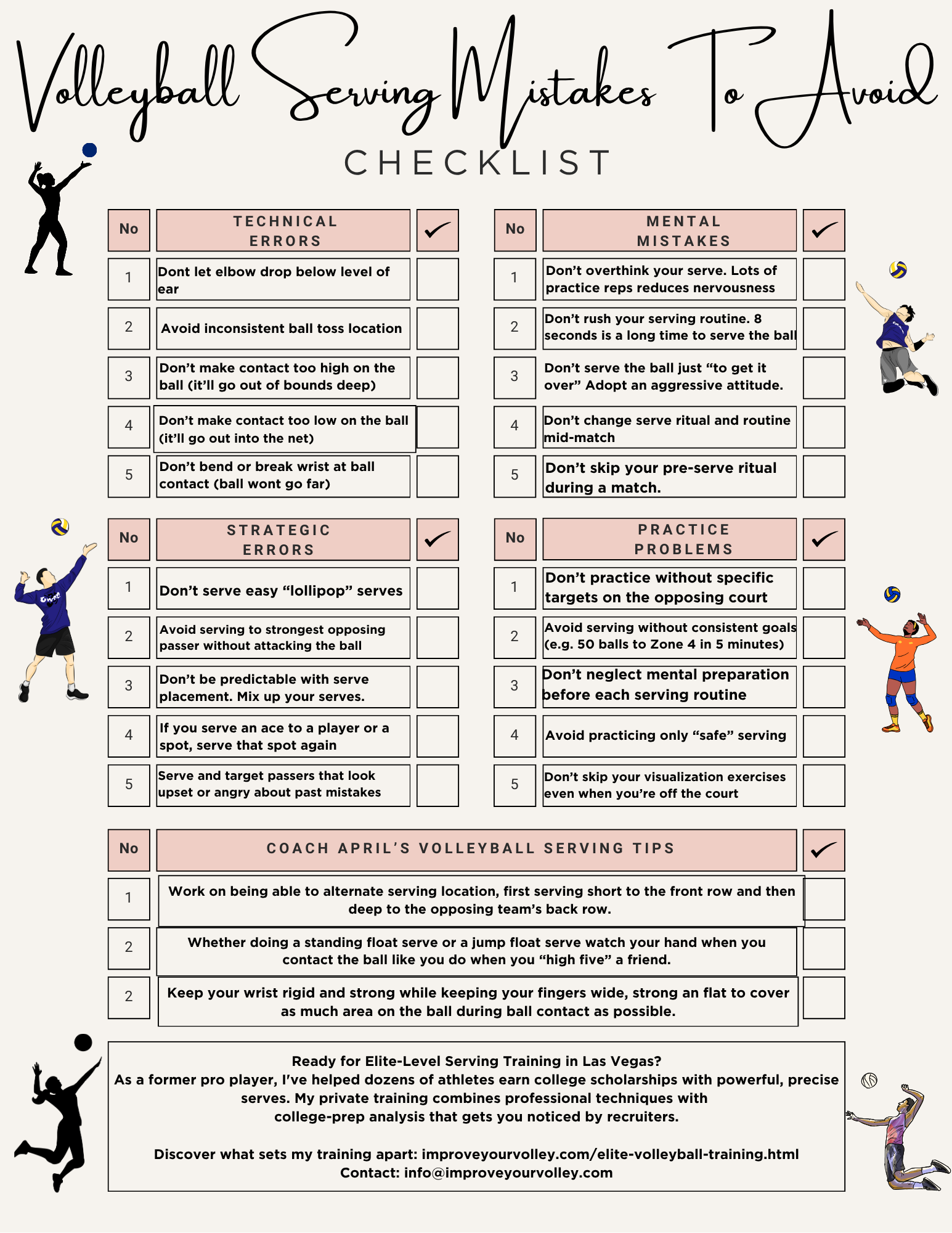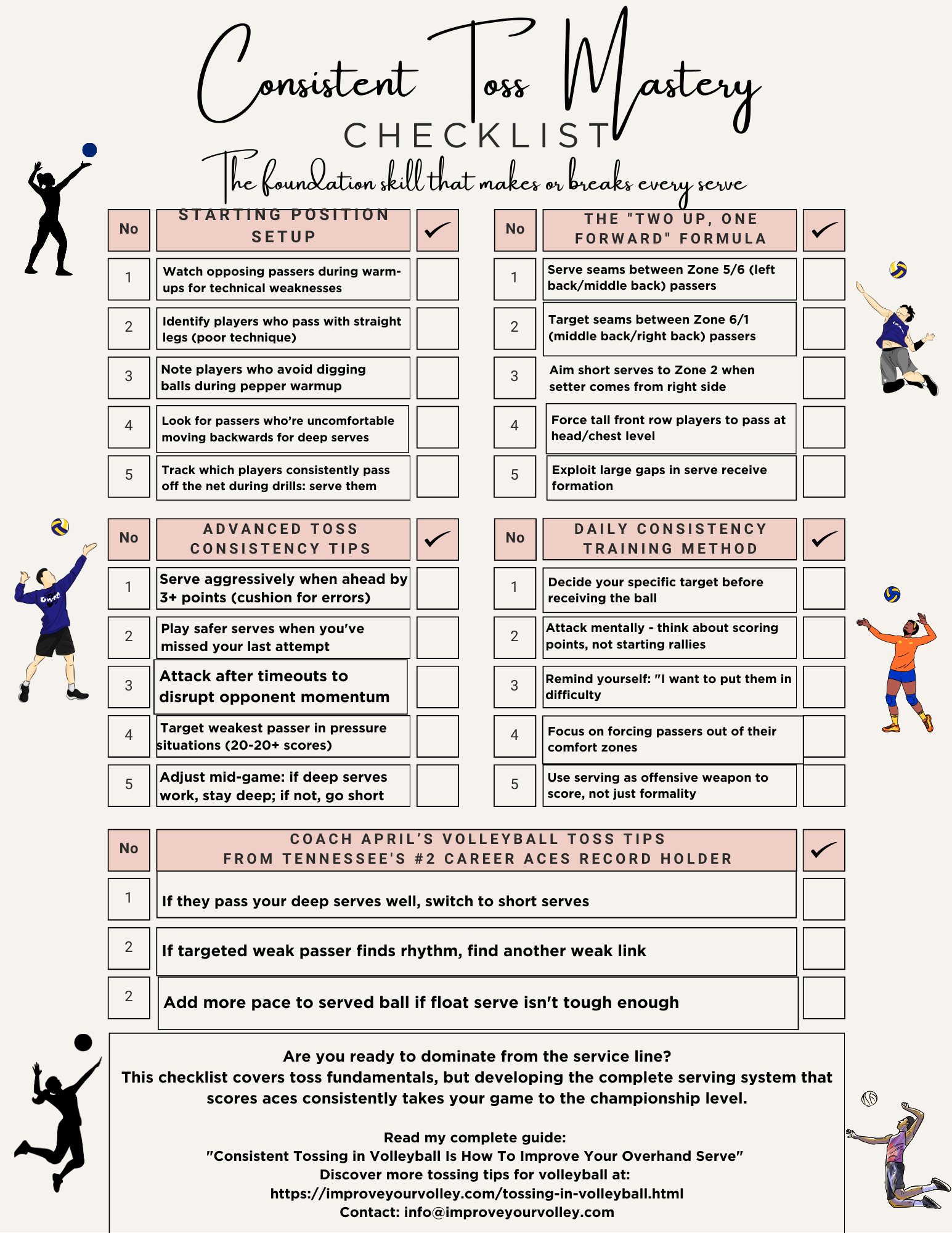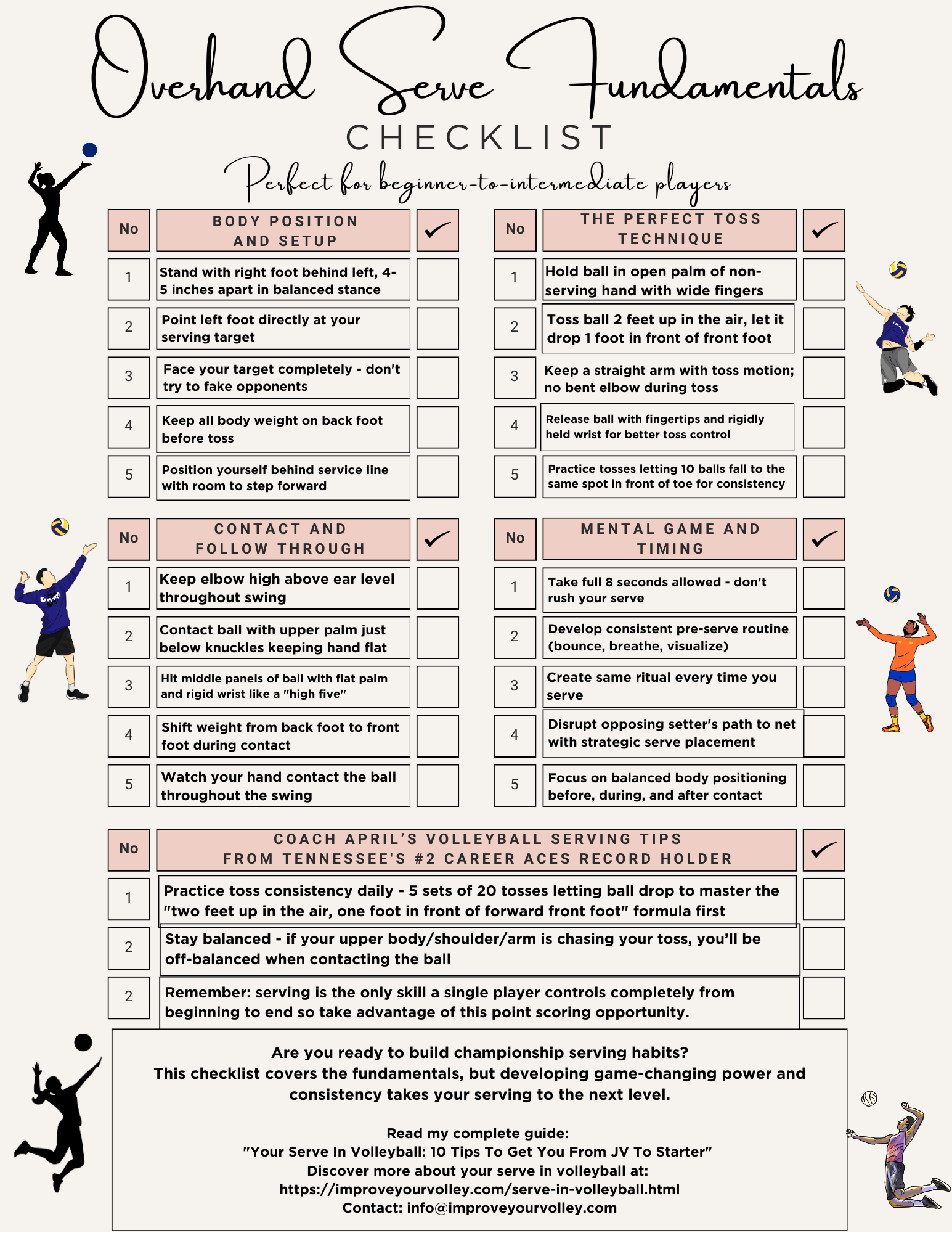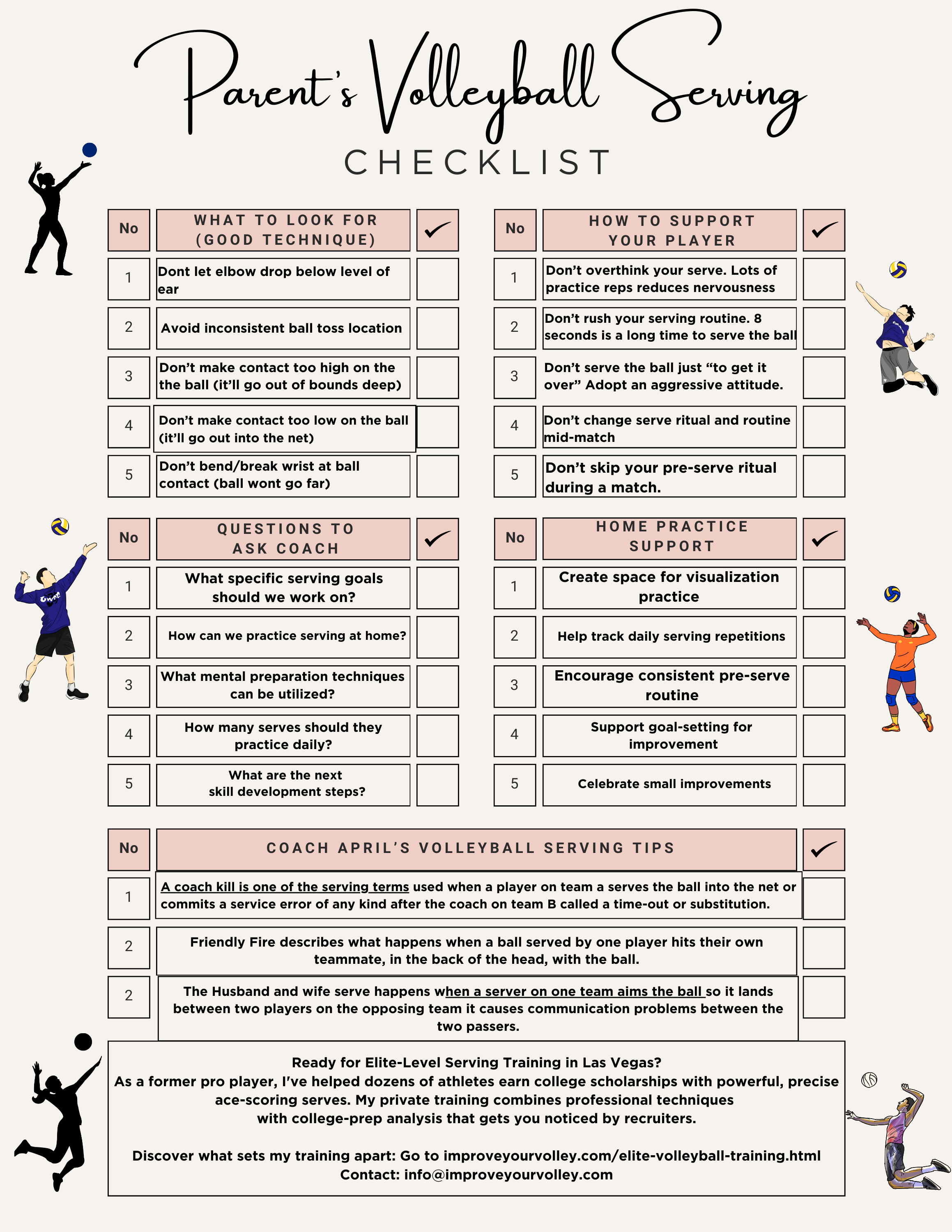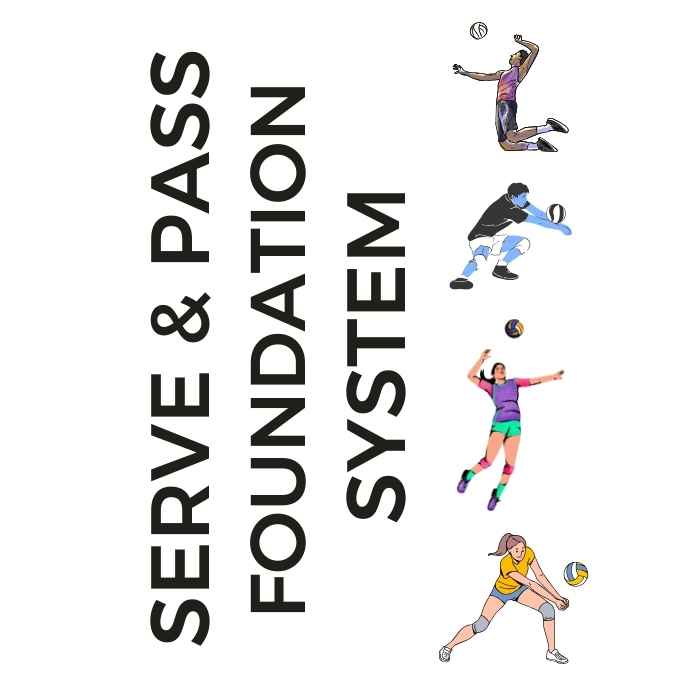
Serve + Pass Foundation System: The Complete Skills Arsenal The two-skill mastery system that transforms inconsistent players into the athletes coaches build their lineups around. Stop Struggling With The Two Most Important Skills In Volleyball!
- Improve Your Volleyball with Coach April
- How To Start Playing Volleyball
- Your What Is A Dig Volleyball Resource Guide On How To Improve Digs
Your What Is A Dig Volleyball Resource Guide On How To Improve Digs
Discover very useful tips, rules, drills and tutorials I've written in my what is a dig volleyball resource guide for diggers and liberos on ImproveYourVolley
Whether you're new to the game or looking to improve your defense and digging skills, proper guidance can go a long way in learning the art of the dig.
That's why I created a study guide with a collection of my articles which I've turned into a What Is A Dig Volleyball Resource guide.
From the fundamentals of digging to advanced techniques and drills, you'll find articles and resources packed with valuable insights and tips.
Your What Is A Dig Volleyball Resource Guide on how to improve digs includes a range of resources designed to answer all your queries about the dig in volleyball.
I dig into topics like the libero's role, digging rules, specific drills to improve your digs, and more.
Each resource is clearly labeled and easy to navigate, ensuring a seamless learning experience.
Whether you're a player looking to enhance your in-game performance or a coach wishing to pass on comprehensive knowledge to your team, my articles are structured to help you add tools to your digging and defensive toolkit so you can increase your volleyball IQ.
Your What Is A Dig? Volleyball Guide
Digging Basics
The Volleyball Dig: What Is It, When To Do It and How To Dig A Ball
The volleyball dig or digging a volleyball up in defense means that you are able to keep an attacked ball by the opposing team off your court floor.
This keeps them from scoring a point, while at the same time you are setting your team up to run an offensive counterattack against them so your team can try to score a point.
How To Dig A Volleyball Cover More Court and Touch More Backrow Balls
In this article I coach coaches on teaching players how to dig a volleyball by watching the ball, the setter, the ball and then the hitter, also called BSBH.
I dive into the technical world of coaching the digging skill to your players.
By following this step-by-step guide, your players will be equipped to dig balls and to defend against hard spikes in order to stay in control of the defense game.
Your What Is A Dig? Volleyball Guide
The Libero Position
6 Positions in Volleyball: Setter Libero Hitters Middle Blocker, D.S.
Setters, liberos, middle blockers, defensive specialists or spikers are the positions in volleyball that players specialize in on varsity high school teams.
What positions in volleyball are there?
- setter
- middle blocker
- outside hitter
- opposite
- libero
Which position should you try out for or do you play in one of these positions already?
Information in this section is written for players that specialize in specific positions.
Libero Volleyball Player Responsibilities, Roles, Qualities and Rules
The libero volleyball player has specific qualities and specialized responsibilities in their defensive roles along with special rules created just for them.
Most libero volleyball players, on male or female high school or college teams are the best defensive players on the roster.
- have great ball control skills,
- be quicker at reading where a ball is going to land in their court
- be faster in defense than their teammates
All three of these characteristics are qualities many coaches think makes them ideal players for this position.
Libero in Volleyball Rotation: A Guide To Roles and Responsibilities
Let's explores the role of the libero in volleyball rotation including offensive and defensive strategies for maximizing their impact during rotation transitions
When you dig a volleyball on your club or varsity team, you'll need to be okay with digging and defending hard hitting attackers on the opposing team.
With my focus on how liberos optimize their contributions during rotation transitions, I delve into strategies and tactics that increase the libero's impact on the overall success of the team.
Volleyball Libero Facts Defensive Rules, Responsibilities and History
The volleyball libero is a specialist in digging, passing and playing in the backcourt who wears a contrasting color jersey and has defensive responsibilities.
Your What Is A Dig? Volleyball Guide
Varsity Players
Your What Is A Dig? Volleyball Guide
Digging Drills
Digging and Hitting Volleyball Drills To Help You Sideout and Score
Also called 'Hit and Dig' volleyball drills these are used frequently in our volleyball practices to work on hitting and defense technique.
Volleyball Digging Drills:
How To Do the "Hit and Dig" Drill
Dig and Spike Volleyball Drills You Do To Improve Your Ball Control
We do volleyball digging drills everyday in our Volleyball Voice Boot Camp classes so that liberos, defensive specialists and players who play in the backrow work on improving their digging skills.
Your What Is A Dig? Volleyball Guide
Digging Skills
Volleyball Skills For Digging: A List of 9 Volleyball Basic Dig Steps
Improve your volleyball skills for digging using this comprehensive list of volleyball basics for before, during and after you need to dig a volleyball.
4 Important Volleyball Skills A Good Volleyball Defensive Player Has
A volleyball defensive player like a libero or defensive specialist needs to be aggressive in the backrow while passing, digging and communicating well.
Your What Is A Dig? Volleyball Guide
Digging Terms
The Definition of Dig in Volleyball And Slang Terms For Digging on IYV
What's the definition of dig in volleyball? To "Dig" the ball describes what it means to "defend" the ball up in the air or keep the ball off the floor.
2 Dig Volleyball Definition Terms For Liberos and Defensive Players
Here is the dig volleyball definition for two terms including explanations for
- up
- tagged
which both describe what happens in backrow defense.
Digging volleyball spikes and keeping the ball from hitting the court floor is a large part of the job description for liberos, defensive specialists and six rotation players who have to play defense in the back court.
Volleyball Terminology and Lingo For Liberos and Defensive Players
Digging and defensive volleyball terminology and words for liberos, defensive specialists and backcourt players who need to learn more volleyball vocabulary.
Two Volleyball Terms Used To Describe Digging Balls Without Your Hands
2 Terms in Volleyball For Digging
Lingo Libero Volleyball Players Know
The "chester" and the "facial" are two volleyball terms used to describe how you can legally dig a ball by using your face or your chest instead of your hands.
These two terms in volleyball, the six pack and the facial, describe digging actions liberos know because they explain how to dig a volleyball using your face.
Your What Is A Dig? Volleyball Guide
Digging Tips
Volleyball Tips For Digging A Ball One to 3 Steps From You in Defense
These 3 volleyball tips for digging a ball describe how to dig a ball without taking a step, taking one step and taking three steps away from your base in defense.
Whats A Dig in Volleyball?
Tips On How To Keep The Ball Off the Floor
In simple terms, a 'dig' is a key defensive move by a player that describes how they attempt to keep the ball from hitting their team's court floor after an opposing team's player spiked, tipped, down balled or roll shot it into their court.
Whats a dig in volleyball?
Discover the most powerful secrets, tips, drills, skills I've written about blocking, liberos and digging skills on ImproveYourVolley
Your What Is A Dig? Volleyball Guide
Digging Techniques
10 Defense Volleyball Techniques Used To Make Digs and Defend Better
These 10 defense volleyball techniques are answered on how to dig a volleyball better, where to be in defense, and what to watch when the other team is hitting.
Dig volleyballs that are 3-4 feet away from you by using the barrel roll technique we teach in Vegas Volleyball Boot Camp classes.
Dig more volleyballs by watching the the ball, the setter, the ball and then the hitter when the opposing team attacks the ball.
Your What Is A Dig? Volleyball Guide
How To Dig Tutorials
Volleyball is a game filled with spectacular saves, athletic abilities and acrobatic movements used to keep the ball off the floor when your team is on offense or on defense.
A crucial skill you need to work on improving in order to do these movements is the "dig".
Explore my step by step tutorials for the standard types of digs in volleyball the forearm dig and overhead dig as well as other types of emergency digs to use.
Three Step Barrel Roll
Digging Techniques
The roll or barrel roll is one of the several acrobatic individual defense techniques you can use to collapse to the ground after finishing a volleyball dig that takes you off balance.
Usually done during warmups in order to get warm-up to play defense in the match.
The roll or barrel roll is one of the several acrobatic individual defense techniques you can use to collapse to the ground after finishing a volleyball dig that takes you off balance.
This technique helps you complete your defense action safely and most importantly...allows the play to continue without the ball hitting the floor.
The "roll" is used as a way to finish to the floor and recover your footing after digging an attacked or deflected ball you had to leave your feet and hit the ground for
One Step Sprawl
Volleyball Digging Technique
Usually done during warmups in order to get warm-up to play defense in the match.
To dig a volleyball that's more than 2-3 steps away from you and low to the floor, you need to know
- how to play balls up on the move, then
- complete your digging action and
- fall to the ground in a safe way that you get back up and keep playing without getting hurt.
For the balls hit or tipped close to you in defense we use the extension and pop up to drop our hips fast to beat the ball to the floor.
Your What Is A Dig? Volleyball Guide
Digging Videos
To "dig" the ball is a slang term used to mean "defend" the ball up in the air which requires you to stay in a low athletic stance with your knees bent while using your forearms to deflect the ball up into the air after its been hit by a member of the opposing team in order to keep it from hitting your court floor.
Do You Follow Me on Pinterest?
Follow me on Pinterest Volleybragswag to improve your game even faster!
I share alot of individual, partner and easy-to-do volleyball serving drills we do in class with my followers.
Many of these volleyball practice drills you can do at home by yourself or try at your next practice with your teammates.
If you're a B team or JV player trying to make varsity next year...your goal should be to complete 1000 reps a day of at least three of the basic skills on your own...volleyball passing, serving and setting should be at the top of the list.
Your What Is A Dig Volleyball Guide
Where do you need to go now?
Here are three options:
- Learn more about the volleyball information on Improve Your Volley.com in the Related Links below.
- Follow the suggested reading on our Sitemap page Learning How To Play (Sitemap)
- Or visit the pages in the Information section in the drop down menu at the top of the page.
If your athlete struggles with consistent serve receive, gets subbed out, or is overlooked for playing time—this is the fix you’ve been looking for.

Struggling with passing consistency?
I help talented passers tired of getting pulled from games because of inconsistent serve receive skills BUILD passing confidence without expensive private lessons using the same 3-step system that's helped dozens of my athletes get recruited.
Download my eBook for $17.99 and start building the passing confidence that keeps you on the court—and gets you seen by college coaches.
From Lady Vol to Legend: Coach April Produces Powerful Passionate Players...is that you?
What Are You Looking For?
Click to Download Your Pre Serving Ritual Mastery Checklist pdf:
🎯Volleyball Pre Serving Ritual Guide -
Players! Learn How To Transform Your Serve from Weak to Weapon
Click to Download Your Parent's Volleyball Serving Checklist pdf
🎯Parent's Volleyball Serving Checklist Guide
Parents! Help Your Player Develop Championship Serves (Even If You've Never Played)

Hi there!
Thanks for stopping by. Hope you learned something today that will help you reach your volleyball goals.
Be sure to subscribe to my email newsletter so you can learn more each week!
Stay strong! Stay motivated!
-Coach April

SUSCRIBE to my email newsletter below!
 Click to learn more about the weekly volleyball classes and clinics or email info@imrpoveyourvolley.com for information
Click to learn more about the weekly volleyball classes and clinics or email info@imrpoveyourvolley.com for informationCongratulations to my seven Boys-18s Vegas Volley club players who played in two state championship finals yesterday, the 3A and 5A State champinship finals at Sunrise Mountain High School.
TOURNAMENT CHAMPIONS!
A-1 Vegas Volley VBC
In It To Win It Tournament
May 2 - 4, 2025 Tournament
Gold Medalists
18s Premier Division
Vegas Volleyball's Unsung Heroes: Celebrating Moms with Peace Love Volleyball Shirts
Ready to energize your volleyball mom journey?
Subscribe to my 'Producing Powerful Passionate Peaceful Players' email list above on ImproveYourVolley.com.
You'll receive energy-boosting tips, exclusive insights from me, Coach April Chapple on maintaining momentum in volleyball.
Let's power up the Vegas volleyball scene together!
Recent Articles
-
3 Beach Volleyball Hand Grips How Do You Hold Your Hands When Passing?
Dec 20, 25 05:32 PM
The purpose of the volleyball hand grip you use to pass a ball is to help keep your elbows straight and to insure you have a very flat and wide a platform. -
5 Essential Serving Tips from Tennessee's #2 Career Aces Record Holder
Dec 09, 25 11:39 PM
I've identified the 5 essential serving tips that separate confident servers from struggling ones and you'll serve with the confidence that creates aces -
The Volleyball Toss How Consistent Is Your Ball Toss Before You Serve?
Dec 07, 25 12:29 AM
The volleyball toss for the overhand serve needs to consistently be two feet up in the air and one foot in front of front foot which puts the ball in front of your serving arm.
